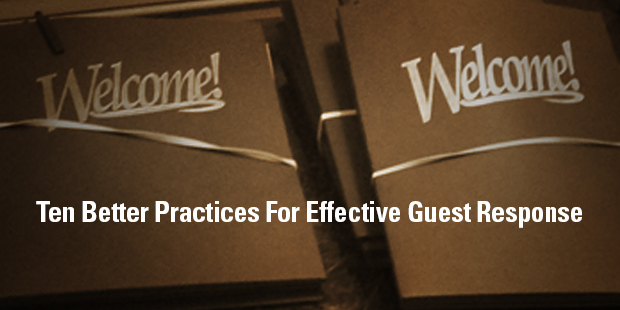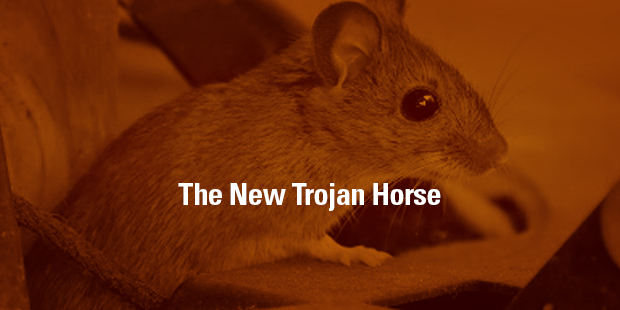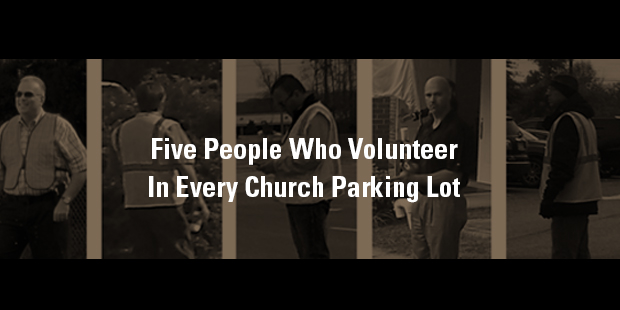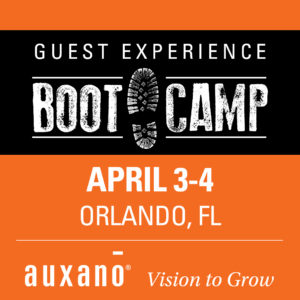It’s time for the second session of the summer term of the 2016 GsD program, and just as in previous summer terms, we are conducting a reading survey course. Over the next few weeks, I will be listing a broad overview of some of the best literature in the field of customer service – and you will quickly see how it connects to Guest Experiences! It’s only an introduction to whet your appetite – the application to the world of Guest Experiences for churches will come in the second summer term!
2016 GsD Summer Term 1 Survey of Customer Experience Literature 201
Text: Sprinkles: Creating Awesome Experiences Through Innovative Service
Author: Chip Bell
Synopsis: Chip Bell has written a delicious book that will make your mouth water! As you might guess from the title, Bell uses language and examples from the culinary world to focus on providing “that surprise that takes service from great to awesome.” Subtitled Creating Awesome Experiences Through Innovative Service, it delivers a delicious journey to innovative service.
According to Bell, there are nine “secret sauces” that form the basis for a customer experience that is served gourmet style.
Want to learn how “secret sauces” can be used to create an EXCEPTIONAL Guest Experience at your church? Check out Auxano’s Guest Experience Boot Camp, coming to Orlando, FL on April 3-4.
Outline
> Amazement
Amazement can be defined as “a feeling of great surprise or wonder.” When Guests come to your church, they are probably expecting several things, one of which is to be made welcome. Because today’s church Guests live in a consumeristic world, they often expect more than just a normal greeting; anything less is a negative.
The secret sauce of Amazement takes the welcome concept to a whole new level. To differentiate yourself from your competition (which isn’t other churches, by the way), how can you amaze your Guest? What will you say, do, and/or provide that takes away your Guest’s breath, capturing their attention and ruining their appetite for your competition?
> Animation
Animation can be defined as “ the state of being full of life or vigor; liveliness.” Guests coming to your church will be frustrated by indifference. They spend enough of their day at work or other places encountering boring, comatose service. Surely it will be different at a church?
The secret sauce of Animation is present when your team members are alive and spirited. They anticipate Guests, eagerly welcome them, and leave the Guest’s energy level higher than they found it. What does your organization do to instill and inspire in your teams so that they are full of life?
> Abundance
Abundance can be defined as “a very large quantity of something.” Who isn’t surprised and delighted when receiving a little something “extra”?
The secret sauce of Abundance is demonstrated by the generous attitude your team presents to Guests. Almost magnetic, it attracts Guests because it conveys an unconditional positive regard. How are you developing your teams to go beyond the expected with a generous spirit and attitude?
> Ambiance
Ambiance can be defined as “the character and atmosphere of a place.” As humans, we are wired to favor symmetry. Our psyche reads dissonance in an experience long before our logical mind comprehends the reason. When you weave all five senses (sight, sound, smell, touch, and taste) together, you can create an experience that yields a story your Guests are eager to spread.
The secret sauce of Ambiance involves integrating all the sensory elements of a Guest Experience so they are congruent around a compelling story, theme, or vision. The secret is attention to minute details because the Guest’s brain can pick up any dissonant signal or symbol. What opportunities would you discover if you looked at your organization’s environment and experience with all five senses in mind?
> Adoration
Adoration can be defined as “deep love and respect.” There is no greater gift one can give a Guest than serving them with love. Love is also expressed in how your team members love the organization they represent.
The secret sauce of Adoration comes from ensuring that your front line team members know your organization’s benefits, not just the feature. It comes from investing in your team’s training. What can you do to make your Guests fall in love with the team member and the experience they are receiving?
> Allegiance
Allegiance can be defined as “loyalty of an individual to a commitment or cause.” It is created through the small acts of communication and caring that make Guests feel they can trust your team members to serve them well.
The secret sauce of Allegiance is demonstrated when your team members treat Guests like valued neighbors rather than strangers. It grows as a trusting relationship is developed, with a focus on the Guest, not the task at hand. How will your organization deliver an unexpected surprise to Guests, seeking to build trust with them in every encounter?
> Alliance
Alliance can be defined as “an association formed for mutual benefit, or a relationship based on an affinity in interests, nature, or qualities.” Guests care when they share, particularly if sharing is invited, not expected. Simplicity and sincerity are important to remember when helping the Guest move toward a position of helping you.
The secret sauce of Alliance reminds us that the partnership between team members and Guests always carries a co-created experience. Guest inclusion begins by being comfortable enough to ask the Guest for assistance. It also means being willing at times to sacrifice a little on efficiency or effectiveness for the commitment gained through participation. How are you involving your Guests in a partnership that creates and delivers an exceptional experience?
> Accessible
Accessible can be defined as “able to be reached or entered.” Recent research shows that being easy to do business with trumps every other feature of basic customer service. When a customer feels they can connect with you anytime, even big problems can be reduced to manageable proportions. Make access to stressless service a vital and obvious part of your Guest Experience recipe. After all, “stressed” spelled backwards is “desserts.”
The secret sauce of Accessible is best used by examining your Guest’s experience through their eyes. Often, that involves the conscious effort to see details that we are blind to. When was the last time you took an “empathy walk” in the shoes of your Guests, experiencing exactly what they do?
> Adventure
Adventure can be defined as “an unusual or exciting experience or activity.” Is the Guest Experience you provide more like a light or a candle? Lights are important because they provide us with the capacity to see or see better. Candles do they same thing, but with style. If you want a romantic dinner, you don’t just turn on the light.
The secret sauce of Adventure reminds us that a great Guest Experience is light-like, but an innovative Guest Experience is candle-like. People who deliver great Guest Experiences focus on being good at what they do; people who deliver innovative Guest Experiences seek to add imagination to what they do. What could your organization do to make your Guest’s experience unexpectedly unique?
About the author: Chip Bell, senior partner with the Chip Bell Group, is a renowned keynote speaker, consultant, trainer, and speaker to some of the largest and most well-known organizations around the world. A prolific author, he has written or co-written twenty books, many of which were bestsellers.
Additional Resources: Check out the book website for more information, including a video overview of the book as well as a free download of Chapter 1.
A Quick Comment: Just like a chef takes a basic sauce and makes it into the foundation of an exquisite meal, your organization can take the “secret sauces” Bell writes about in Sprinkles and deliver a “value-unique” service that creates an unexpected, enchanting experience for those you serve.
I hope you’ve enjoyed this brief culinary excursion into the 9 Secret Sauces from Chip Bell’s wonderful book Sprinkles. I’ve only briefly touched the surface of the great ideas you will find in it. Want to create a great Guest Experience recipe? Look no further than Sprinkles!
Guestology – the art and science of knowing and understanding your guests – is a term originated by Bruce Laval of the Walt Disney Company. The use of GsD (Doctor of Guestology) is my tongue-in-cheek acknowledgment that organizations that really want to understand and deliver a WOW Guest Experience need to study the best practices and principles in use today, and then adapt them to the context of their own environment.
If you didn’t get a chance to participate in the 2013 GsD Summer Reading 101 classes, you can begin reading a 10-part session here.
For more reading in the area of Guest Experiences, check out my Essential Guest Experience Library. I am always adding new resources for your learning pleasure!
> Read more from Bob
Want to learn more about a great Guest Experience? Check out Auxano’s Guest Experience Boot Camp in Cincinnati, OH on August 7-8.


Tags: 9 Secrets, Bob Adams, Chip Bell, Church Guest Experiences, Guest Experiences
|
What is MyVisionRoom? > | Back to Execution >



































